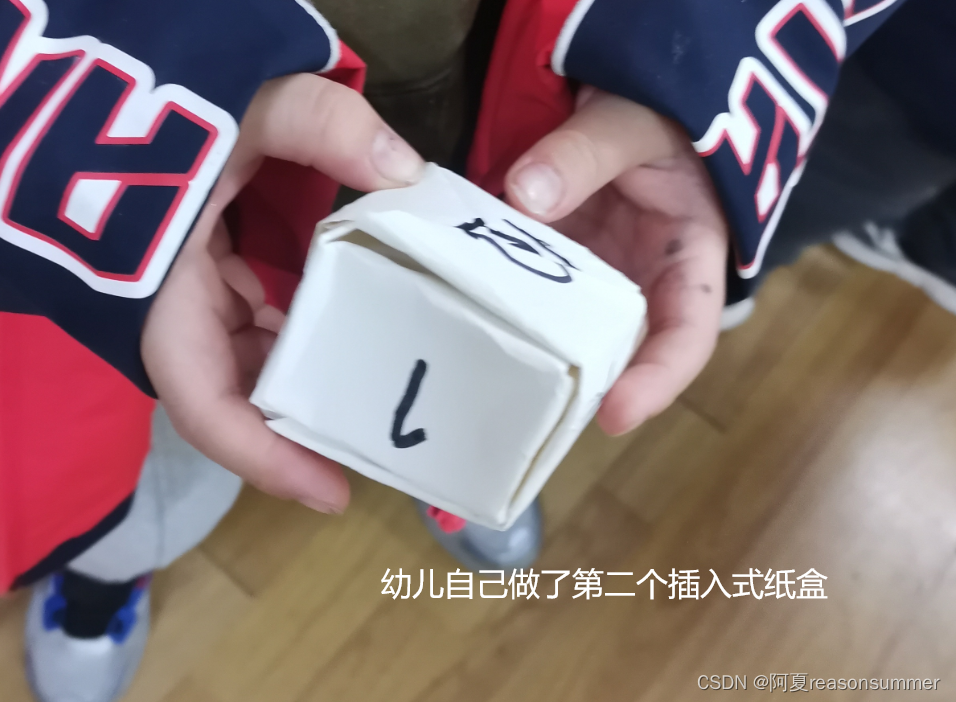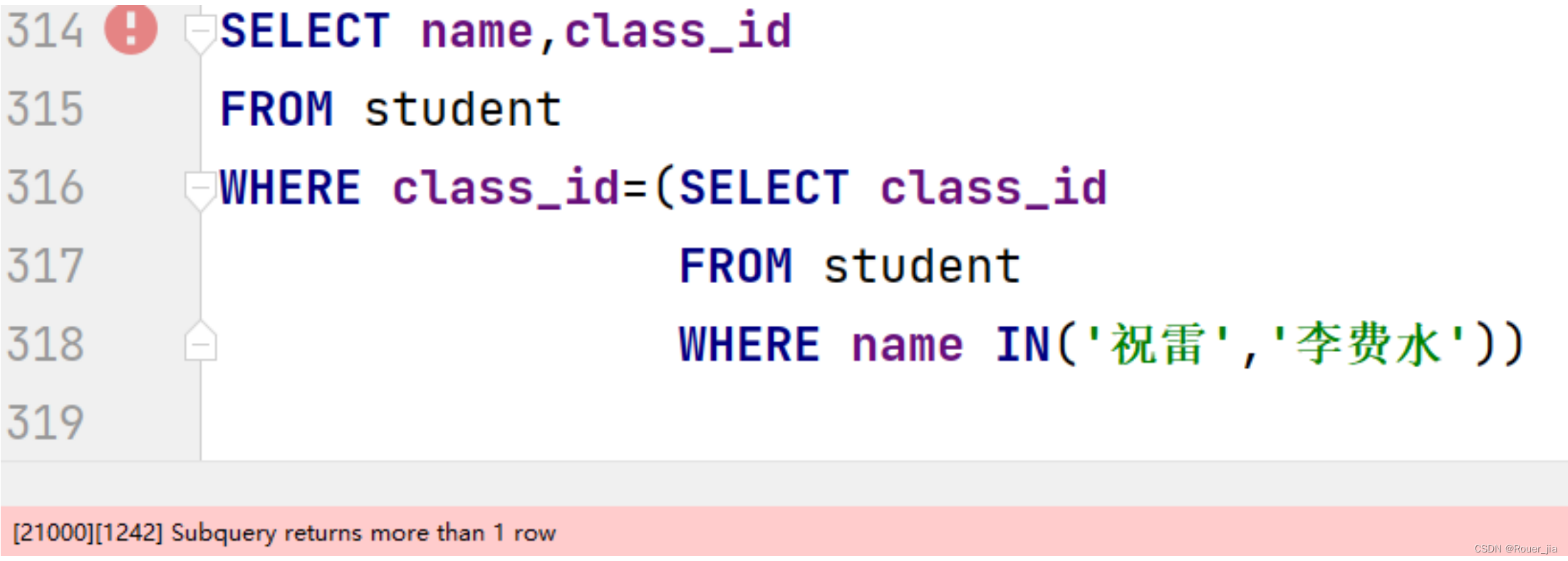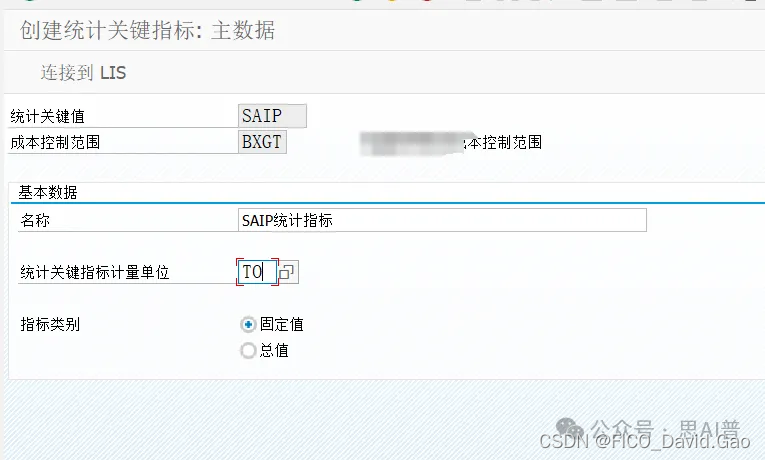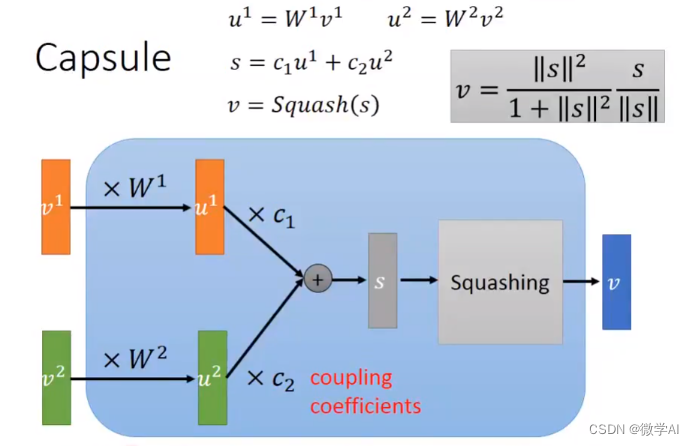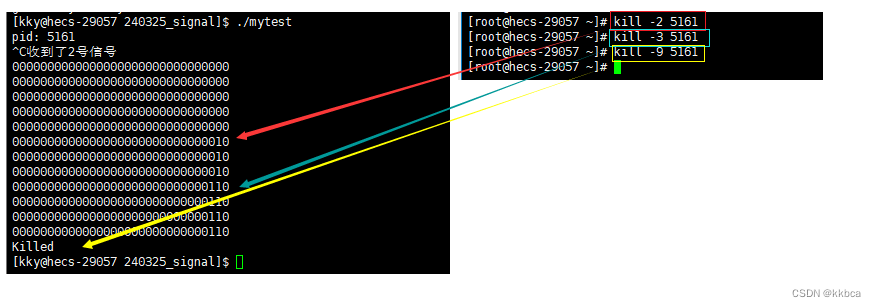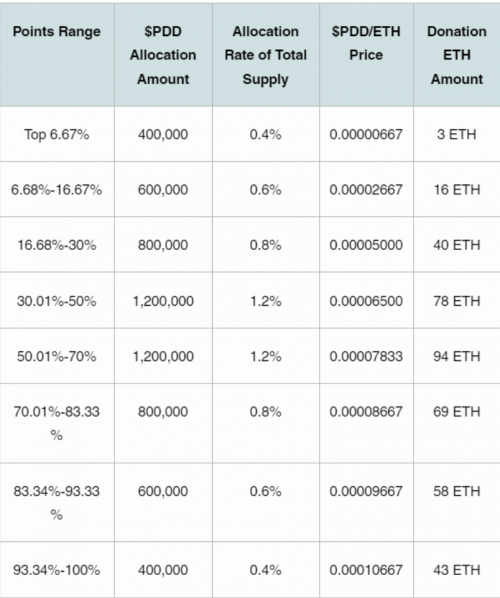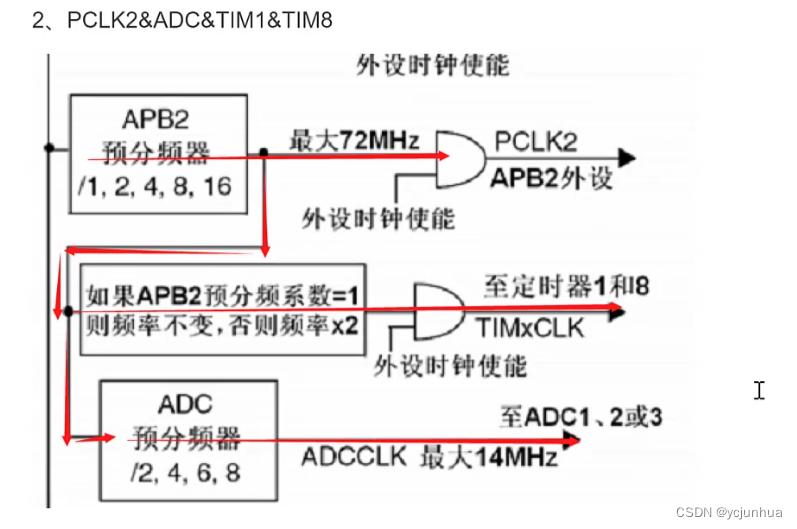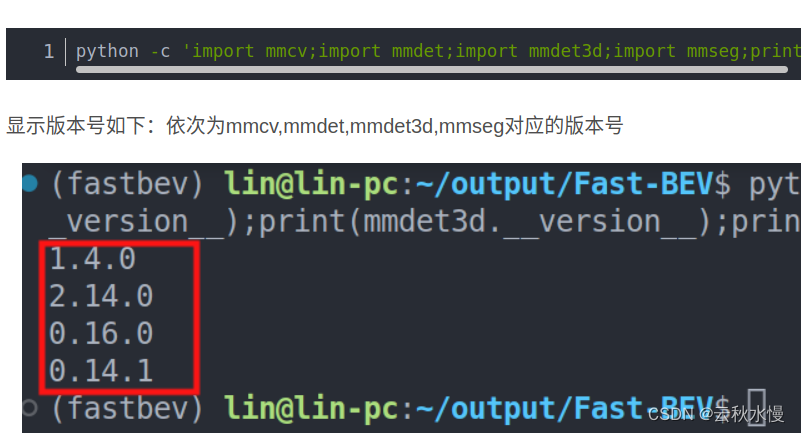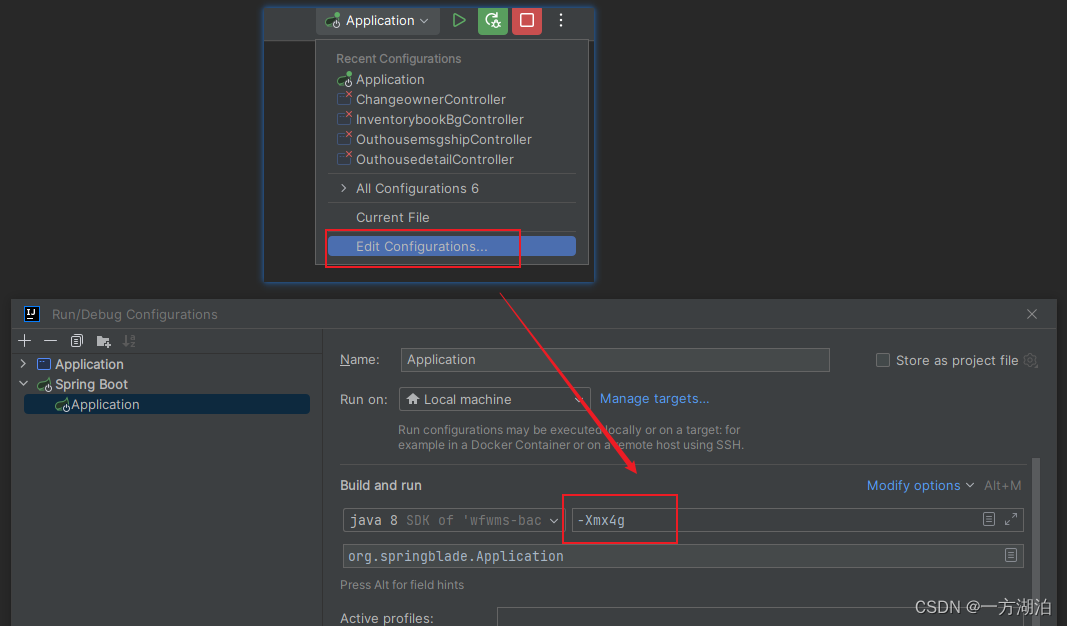Java八股文の数据结构
- 数据结构
数据结构
- 请解释以下数据结构的概念:链表、栈、队列和树。
链表是一种线性数据结构,由节点组成,每个节点包含了指向下一个节点的指针;
栈是一种后进先出(LIFO)的数据结构,只能在一端进行插入和删除操作;
队列是一种先进先出(FIFO)的数据结构,一端进行插入操作,在另一端进行删除操作;
树是一种非线性数据结构,由节点和边组成,其中父节点可以有多个子节点。
- 请解释下面时间复杂度符号的含义:O(1)、O(log n)、O(n)和O(n^2)。
O(1)表示算法的执行时间不随输入规模变化;
O(log n)表示算法的执行时间随输入规模的增加而增加,但增加速度较慢;
O(n)表示算法的执行时间与输入规模成正比;
O(n^2)表示算法的执行时间与输入规模的平方成正比。
- 请解释什么是二分查找,并提供一个二分查找的实现。
二分查找是一种在有序数组中查找元素的算法,每次都将区间缩小为原来的一半,直到找到目标元素或无法再缩小。
以下是一个二分查找的实现(Java):
public int binarySearch(int[] arr, int target) {
int left = 0;
int right = arr.length - 1;
while (left <= right) {
int mid = left + (right - left) / 2;
if (arr[mid] == target) {
return mid;
} else if (arr[mid] < target) {
left = mid + 1;
} else {
right = mid - 1;
}
}
return -1;
}
- 请解释什么是哈希表,并提供一个哈希函数的示例。
哈希表是一种基于哈希函数的数据结构,用于存储和查找键值对。
哈希函数将键映射为一个固定大小的数组索引,使得在查找或插入时可以快速定位。
以下是一个哈希函数的示例(Java):
public int hashFunction(String key) {
int hash = 0;
for (int i = 0; i < key.length(); i++) {
hash = (hash + key.charAt(i) - 'a') % tableSize;
}
return hash;
}
在此示例中,假设我们将英文字母映射为整数,'a’对应0,'b’对应1,以此类推。
- 请解释什么是二叉树,并提供一个二叉树的遍历实现(前序、中序和后序)。
二叉树是一种特殊的树结构,每个节点最多有两个子节点,称为左子节点和右子节点。
以下是二叉树的前序、中序和后序遍历的实现(Java):
// 前序遍历(根-左-右)
public void preOrderTraversal(TreeNode root) {
if (root == null) {
return;
}
System.out.println(root.val);
preOrderTraversal(root.left);
preOrderTraversal(root.right);
}
// 中序遍历(左-根-右)
public void inOrderTraversal(TreeNode root) {
if (root == null) {
return;
}
inOrderTraversal(root.left);
System.out.println(root.val);
inOrderTraversal(root.right);
}
// 后序遍历(左-右-根)
public void postOrderTraversal(TreeNode root) {
if (root == null) {
return;
}
postOrderTraversal(root.left);
postOrderTraversal(root.right);
System.out.println(root.val);
}
这里的TreeNode是二叉树的节点类,包含一个值val和左右子节点的引用。
- 请解释什么是图,并提供一种图的表示方法。
图是一种非线性数据结构,由节点(顶点)和边组成,表示顶点之间的关系。
常用的图的表示方法有邻接矩阵和邻接表。
邻接矩阵使用二维数组表示节点之间的连接关系,而邻接表则使用链表数组表示每个节点的邻居。
- 请解释什么是堆,并提供一个堆的实现。
堆是一种完全二叉树,分为最大堆和最小堆。
最大堆中,每个父节点的值都大于或等于其子节点的值;
最小堆中,每个父节点的值都小于或等于其子节点的值。
以下是一个最大堆的实现(Java):
class MaxHeap {
private int[] heap;
private int size;
public MaxHeap(int capacity) {
heap = new int[capacity];
size = 0;
}
public void insert(int value) {
if (size == heap.length) {
throw new IllegalStateException("Heap is full");
}
heap[size] = value;
siftUp(size);
size++;
}
private void siftUp(int index) {
while (index > 0 && heap[index] > heap[parentIndex(index)]) {
swap(index, parentIndex(index));
index = parentIndex(index);
}
}
public int removeMax() {
if (size == 0) {
throw new IllegalStateException("Heap is empty");
}
int max = heap[0];
heap[0] = heap[size - 1];
size--;
siftDown(0);
return max;
}
private void siftDown(int index) {
while (leftChildIndex(index) < size) {
int maxIndex = leftChildIndex(index);
if (rightChildIndex(index) < size && heap[rightChildIndex(index)] > heap[leftChildIndex(index)]) {
maxIndex = rightChildIndex(index);
}
if (heap[index] >= heap[maxIndex]) {
break;
}
swap(index, maxIndex);
index = maxIndex;
}
}
// Helper methods for calculating parent and child indices
private int parentIndex(int index) {
return (index - 1) / 2;
}
private int leftChildIndex(int index) {
return 2 * index + 1;
}
private int rightChildIndex(int index) {
return 2 * index + 2;
}
private void swap(int index1, int index2) {
int temp = heap[index1];
heap[index1] = heap[index2];
heap[index2] = temp;
}
}
该堆类提供了插入和删除最大值的操作,并保持了堆的性质。
- 请解释什么是哈夫曼树,并提供一个哈夫曼编码的实现。
哈夫曼树是一种用于数据编码的树结构,用于将频率较高的字符编码为较短的二进制码,以实现更高的压缩比。
哈夫曼编码的实现需要构建哈夫曼树,并通过DFS遍历树来生成每个字符的编码。
以下是一个哈夫曼编码的实现(Java):
class HuffmanNode implements Comparable<HuffmanNode> {
char value;
int frequency;
HuffmanNode left;
HuffmanNode right;
public HuffmanNode(char value, int frequency) {
this.value = value;
this.frequency = frequency;
}
@Override
public int compareTo(HuffmanNode other) {
return this.frequency - other.frequency;
}
}
public String huffmanEncode(String text) {
if (text.isEmpty()) {
return "";
}
// Calculate character frequencies
Map<Character, Integer> frequencies = new HashMap<>();
for (char c : text.toCharArray()) {
frequencies.put(c, frequencies.getOrDefault(c, 0) + 1);
}
// Build Huffman tree
PriorityQueue<HuffmanNode> pq = new PriorityQueue<>();
for (Map.Entry<Character, Integer> entry : frequencies.entrySet()) {
pq.offer(new HuffmanNode(entry.getKey(), entry.getValue()));
}
while (pq.size() > 1) {
HuffmanNode left = pq.poll();
HuffmanNode right = pq.poll();
HuffmanNode merged = new HuffmanNode('-', left.frequency + right.frequency);
merged.left = left;
merged.right = right;
pq.offer(merged);
}
// Generate Huffman codes
Map<Character, String> codes = new HashMap<>();
generateCodes(pq.peek(), "", codes);
// Encode the text
StringBuilder encodedText = new StringBuilder();
for (char c : text.toCharArray()) {
encodedText.append(codes.get(c));
}
return encodedText.toString();
}
private void generateCodes(HuffmanNode node, String code, Map<Character, String> codes) {
if (node == null) {
return;
}
if (node.left == null && node.right == null) {
codes.put(node.value, code);
}
generateCodes(node.left, code + "0", codes);
generateCodes(node.right, code + "1", codes);
}
该示例中,huffmanEncode方法接受一个字符串,并返回其哈夫曼编码后的结果。
- 请解释深度优先搜索(DFS)和广度优先搜索(BFS)的区别。
DFS和BFS是两种图遍历的算法。
DFS以深度为优先,从起始节点开始,尽可能深入地访问其邻居节点,直到无法再深入为止,然后回溯到上一个节点。
BFS以广度为优先,从起始节点开始,依次访问同一层级的节点,再逐层向下一层级访问。
DFS适用于查找目标在树或图中的路径,而BFS适用于查找最短路径或查找目标在特定距离内的节点。
- 请解释什么是红黑树,并说明其性质。
红黑树是一种自平衡的二叉搜索树,具有以下性质:
● 每个节点是红色或黑色。
● 根节点是黑色。
● 每个叶子节点(NIL节点)是黑色。
● 如果一个节点是红色,则其子节点必须是黑色(不能有两个相邻的红色节点)。
● 从任一节点到其每个叶子的所有路径都包含相同数量的黑色节点。
- 请解释什么是AVL树,并说明其性质。
AVL树是一种自平衡的二叉搜索树,具有以下性质:
● 对于每个节点,其左子树和右子树的高度差(平衡因子)最多为1。
● 任意节点的左子树和右子树都是AVL树。
- 请解释什么是B树,并说明其特点。
B树是一种自平衡的多路搜索树,具有以下特点:
● 每个节点最多有M个子节点(M>=2)。
● 除根节点和叶子节点外,每个节点至少有M/2个子节点。
● 所有叶子节点都在同一层级上。
- 请解释什么是缓存淘汰策略,并提供两个常见的缓存淘汰策略。
缓存淘汰策略用于在缓存容量不足时确定哪些项目应从缓存中淘汰。
常见的缓存淘汰策略有:● 最近最少使用(Least Recently Used, LRU):淘汰最近最少使用的项目,即最长时间未被访问的项目。
● 最不常用(Least Frequently Used, LFU):淘汰使用频率最低的项目,即被访问次数最少的项目。
- 请解释什么是拓扑排序,并提供一个拓扑排序的实现。
拓扑排序是一种对有向无环图进行排序的算法,使得所有边的方向均从前向后。
以下是一个拓扑排序的实现(Java):
public List<Integer> topologicalSort(int numCourses, int[][] prerequisites) {
List<Integer> sortedOrder = new ArrayList<>();
if (numCourses <= 0) {
return sortedOrder;
}
// 1. 构建图和入度数组
Map<Integer, List<Integer>> graph = new HashMap<>();
int[] inDegree = new int[numCourses];
for (int i = 0; i < numCourses; i++) {
graph.put(i, new ArrayList<>());
}
for (int[] prerequisite : prerequisites) {
int parent = prerequisite[1];
int child = prerequisite[0];
graph.get(parent).add(child);
inDegree[child]++;
}
// 2. 将入度为0的节点加入队列
Queue<Integer> queue = new LinkedList<>();
for (int i = 0; i < numCourses; i++) {
if (inDegree[i] == 0) {
queue.offer(i);
}
}
// 3. 逐个从队列取出节点,减少相关节点的入度并判断是否入队
while (!queue.isEmpty()) {
int node = queue.poll();
sortedOrder.add(node);
List<Integer> children = graph.get(node);
for (int child : children) {
inDegree[child]--;
if (inDegree[child] == 0) {
queue.offer(child);
}
}
}
// 4. 判断是否存在环
if (sortedOrder.size() != numCourses) {
return new ArrayList<>();
}
return sortedOrder;
}
该方法接受课程数量和先修关系的二维数组,并返回一个拓扑有序的课程列表。
- 请解释什么是并查集,并提供一个并查集的实现。
并查集是一种用于解决集合合并和查询的数据结构,支持以下两种操作:
● 查找(Find):确定元素所属的集合。
● 合并(Union):将两个集合合并为一个集合。
以下是一个并查集的实现(Java):
class UnionFind {
private int[] parent;
private int[] rank;
public UnionFind(int size) {
parent = new int[size];
rank = new int[size];
for (int i = 0; i < size; i++) {
parent[i] = i;
rank[i] = 0;
}
}
public int find(int x) {
if (parent[x] != x) {
parent[x] = find(parent[x]);
}
return parent[x];
}
public void union(int x, int y) {
int rootX = find(x);
int rootY = find(y);
if (rootX != rootY) {
if (rank[rootX] < rank[rootY]) {
parent[rootX] = rootY;
} else if (rank[rootX] > rank[rootY]) {
parent[rootY] = rootX;
} else {
parent[rootY] = rootX;
rank[rootX]++;
}
}
}
}
该并查集类提供了查找和合并操作,并使用路径压缩和按秩合并的优化策略。
- 请解释什么是动态规划,并提供一个使用动态规划解决的问题示例。
动态规划(Dynamic Programming,简称DP)是一种解决多阶段决策最优化问题的方法。
它将问题划分为若干个子问题,并保存子问题的解来避免重复计算。
通过递推求解各个子问题,最终得到原问题的解。
一个典型的动态规划问题是求解最长公共子序列(Longest Common Subsequence,简称LCS)。
给定两个字符串s1和s2,求它们的最长公共子序列的长度。
示例:
public class LongestCommonSubsequence {
public int longestCommonSubsequence(String text1, String text2) {
int m = text1.length();
int n = text2.length();
int[][] dp = new int[m + 1][n + 1]; // dp[i][j]表示text1前i个字符和text2前j个字符的最长公共子序列长度
for (int i = 1; i <= m; i++) {
for (int j = 1; j <= n; j++) {
if (text1.charAt(i - 1) == text2.charAt(j - 1)) {
dp[i][j] = dp[i - 1][j - 1] + 1; // 当前字符相等,最长公共子序列长度加1
} else {
dp[i][j] = Math.max(dp[i - 1][j], dp[i][j - 1]); // 当前字符不相等,取前一步的最优解
}
}
}
return dp[m][n];
}
}
在这个示例中,使用动态规划求解了最长公共子序列的长度。
通过定义一个二维数组dp,其中dp[i][j]表示text1前i个字符和text2前j个字符的最长公共子序列长度。
在遍历字符串text1和text2时,根据字符是否相等来更新dp数组的值。
最终返回dp[m][n]即为最长公共子序列的长度。
动态规划的思想可以帮助我们高效地解决很多复杂的问题,包括字符串匹配、最短路径、背包问题等。
- 实现一个二叉树的前序遍历算法。
class TreeNode {
int val;
TreeNode left;
TreeNode right;
public TreeNode(int val) {
this.val = val;
}
}
public class PreorderTraversal {
public List<Integer> preorderTraversal(TreeNode root) {
List<Integer> result = new ArrayList<>();
if (root == null) {
return result;
}
Stack<TreeNode> stack = new Stack<>();
stack.push(root);
while (!stack.isEmpty()) {
TreeNode node = stack.pop();
result.add(node.val);
if (node.right != null) {
stack.push(node.right);
}
if (node.left != null) {
stack.push(node.left);
}
}
return result;
}
}
- 实现一个队列,并实现基本的操作:入队、出队、获取队首元素。
class MyQueue {
private Stack<Integer> inStack;
private Stack<Integer> outStack;
public MyQueue() {
inStack = new Stack<>();
outStack = new Stack<>();
}
public void push(int x) {
inStack.push(x);
}
public int pop() {
if (outStack.isEmpty()) {
while (!inStack.isEmpty()) {
outStack.push(inStack.pop());
}
}
return outStack.pop();
}
public int peek() {
if (outStack.isEmpty()) {
while (!inStack.isEmpty()) {
outStack.push(inStack.pop());
}
}
return outStack.peek();
}
public boolean empty() {
return inStack.isEmpty() && outStack.isEmpty();
}
}
- 实现一个栈,并实现基本的操作:入栈、出栈、获取栈顶元素、判断栈是否为空。
class MyStack {
private Deque<Integer> stack;
public MyStack() {
stack = new LinkedList<>();
}
public void push(int x) {
stack.push(x);
}
public int pop() {
return stack.pop();
}
public int top() {
return stack.peek();
}
public boolean empty() {
return stack.isEmpty();
}
}
- 实现一个链表的反转。
class ListNode {
int val;
ListNode next;
public ListNode(int val) {
this.val = val;
}
}
public class ReverseLinkedList {
public ListNode reverseList(ListNode head) {
ListNode prev = null;
ListNode curr = head;
while (curr != null) {
ListNode next = curr.next;
curr.next = prev;
prev = curr;
curr = next;
}
return prev;
}
}
- 实现一个图的深度优先搜索(DFS)算法。
import java.util.ArrayList;
import java.util.List;
class Graph {
private int V;
private List<List<Integer>> adj;
public Graph(int V) {
this.V = V;
adj = new ArrayList<>(V);
for (int i = 0; i < V; i++) {
adj.add(new ArrayList<>());
}
}
public void addEdge(int u, int v) {
adj.get(u).add(v);
}
public void DFS(int v) {
boolean[] visited = new boolean[V];
DFSUtil(v, visited);
}
private void DFSUtil(int v, boolean[] visited) {
visited[v] = true;
System.out.print(v + " ");
for (int i : adj.get(v)) {
if (!visited[i]) {
DFSUtil(i, visited);
}
}
}
}
- 实现一个图的广度优先搜索(BFS)算法。
import java.util.ArrayList;
import java.util.LinkedList;
import java.util.List;
import java.util.Queue;
class Graph {
private int V;
private List<List<Integer>> adj;
public Graph(int V) {
this.V = V;
adj = new ArrayList<>(V);
for (int i = 0; i < V; i++) {
adj.add(new ArrayList<>());
}
}
public void addEdge(int u, int v) {
adj.get(u).add(v);
}
public void BFS(int v) {
boolean[] visited = new boolean[V];
Queue<Integer> queue = new LinkedList<>();
visited[v] = true;
queue.offer(v);
while (!queue.isEmpty()) {
int curr = queue.poll();
System.out.print(curr + " ");
for (int i : adj.get(curr)) {
if (!visited[i]) {
visited[i] = true;
queue.offer(i);
}
}
}
}
}
- 实现一个最小堆。
class MinHeap {
private int[] heap;
private int size;
public MinHeap(int capacity) {
heap = new int[capacity];
size = 0;
}
public void insert(int key) {
if (size == heap.length) {
// 堆已满
return;
}
size++;
int i = size - 1;
heap[i] = key;
while (i > 0 && heap[parent(i)] > heap[i]) {
// 交换节点值
swap(i, parent(i));
i = parent(i);
}
}
public void delete(int key) {
int index = -1;
for (int i = 0; i < size; i++) {
if (heap[i] == key) {
index = i;
break;
}
}
if (index == -1) {
// 不存在该元素
return;
}
decreaseKey(index, Integer.MIN_VALUE);
extractMin();
}
public int extractMin() {
if (size == 0) {
return Integer.MIN_VALUE;
}
if (size == 1) {
size--;
return heap[0];
}
int root = heap[0];
heap[0] = heap[size - 1];
size--;
minHeapify(0);
return root;
}
private void decreaseKey(int i, int newValue) {
heap[i] = newValue;
while (i != 0 && heap[parent(i)] > heap[i]) {
swap(i, parent(i));
i = parent(i);
}
}
private void minHeapify(int i) {
int smallest = i;
int left = leftChild(i);
int right = rightChild(i);
if (left < size && heap[left] < heap[smallest]) {
smallest = left;
}
if (right < size && heap[right] < heap[smallest]) {
smallest = right;
}
if (smallest != i) {
swap(i, smallest);
minHeapify(smallest);
}
}
private int parent(int i) {
return (i - 1) / 2;
}
private int leftChild(int i) {
return 2 * i + 1;
}
private int rightChild(int i) {
return 2 * i + 2;
}
private void swap(int i, int j) {
int temp = heap[i];
heap[i] = heap[j];
heap[j] = temp;
}
}
- 实现一个哈希表。
class MyHashMap {
private final int SIZE = 10000;
private ListNode[] table;
class ListNode {
int key;
int value;
ListNode next;
public ListNode(int key, int value) {
this.key = key;
this.value = value;
this.next = null;
}
}
public MyHashMap() {
table = new ListNode[SIZE];
}
public void put(int key, int value) {
int index = getIndex(key);
if (table[index] == null) {
table[index] = new ListNode(-1, -1);
}
ListNode prev = findElement(table[index], key);
if (prev.next == null) {
prev.next = new ListNode(key, value);
} else {
prev.next.value = value;
}
}
public int get(int key) {
int index = getIndex(key);
if (table[index] == null) {
return -1;
}
ListNode prev = findElement(table[index], key);
if (prev.next == null) {
return -1;
}
return prev.next.value;
}
public void remove(int key) {
int index = getIndex(key);
if (table[index] == null) {
return;
}
ListNode prev = findElement(table[index], key);
if (prev.next == null) {
return;
}
prev.next = prev.next.next;
}
private int getIndex(int key) {
return Integer.hashCode(key) % SIZE;
}
private ListNode findElement(ListNode bucket, int key) {
ListNode prev = null;
ListNode curr = bucket;
while (curr != null && curr.key != key) {
prev = curr;
curr = curr.next;
}
return prev;
}
}
- 实现一个动态数组。
class DynamicArray {
private int[] array;
private int size;
private int capacity;
public DynamicArray() {
array = new int[10];
size = 0;
capacity = 10;
}
public void add(int value) {
if (size == capacity) {
expandCapacity();
}
array[size] = value;
size++;
}
public int get(int index) {
if (index < 0 || index >= size) {
throw new IndexOutOfBoundsException();
}
return array[index];
}
public void set(int index, int value) {
if (index < 0 || index >= size) {
throw new IndexOutOfBoundsException();
}
array[index] = value;
}
public int size() {
return size;
}
public void remove(int index) {
if (index < 0 || index >= size) {
throw new IndexOutOfBoundsException();
}
for (int i = index; i < size - 1; i++) {
array[i] = array[i + 1];
}
size--;
}
private void expandCapacity() {
int newCapacity = capacity * 2;
int[] newArray = new int[newCapacity];
for (int i = 0; i < capacity; i++) {
newArray[i] = array[i];
}
capacity = newCapacity;
array = newArray;
}
}
- 实现一个有序数组的二分查找。
class BinarySearch {
public int search(int[] nums, int target) {
int left = 0;
int right = nums.length - 1;
while (left <= right) {
int mid = left + (right - left) / 2;
if (nums[mid] == target) {
return mid;
} else if (nums[mid] < target) {
left = mid + 1;
} else {
right = mid - 1;
}
}
return -1;
}
}
- 实现一个字符串的反转。
class StringReverse {
public String reverse(String s) {
char[] chars = s.toCharArray();
int left = 0;
int right = chars.length - 1;
while (left < right) {
char temp = chars[left];
chars[left] = chars[right];
chars[right] = temp;
left++;
right--;
}
return new String(chars);
}
}
- 实现一个队列的使用两个栈来模拟。
class MyQueue {
private Stack<Integer> inStack;
private Stack<Integer> outStack;
public MyQueue() {
inStack = new Stack<>();
outStack = new Stack<>();
}
public void push(int x) {
inStack.push(x);
}
public int pop() {
if (outStack.isEmpty()) {
while (!inStack.isEmpty()) {
outStack.push(inStack.pop());
}
}
return outStack.pop();
}
public int peek() {
if (outStack.isEmpty()) {
while (!inStack.isEmpty()) {
outStack.push(inStack.pop());
}
}
return outStack.peek();
}
public boolean empty() {
return inStack.isEmpty() && outStack.isEmpty();
}
}
- 实现一个栈的使用两个队列来模拟。
class MyStack {
private Queue<Integer> inQueue;
private Queue<Integer> outQueue;
public MyStack() {
inQueue = new LinkedList<>();
outQueue = new LinkedList<>();
}
public void push(int x) {
inQueue.offer(x);
while (!outQueue.isEmpty()) {
inQueue.offer(outQueue.poll());
}
Queue<Integer> temp = inQueue;
inQueue = outQueue;
outQueue = temp;
}
public int pop() {
return outQueue.poll();
}
public int top() {
return outQueue.peek();
}
public boolean empty() {
return outQueue.isEmpty();
}
}
- 实现一个判断链表中是否有环的算法。
class ListNode {
int val;
ListNode next;
public ListNode(int val) {
this.val = val;
this.next = null;
}
}
class LinkedListCycle {
public boolean hasCycle(ListNode head) {
ListNode slow = head;
ListNode fast = head;
while (fast != null && fast.next != null) {
slow = slow.next;
fast = fast.next.next;
if (slow == fast) {
return true;
}
}
return false;
}
}
内容来自

